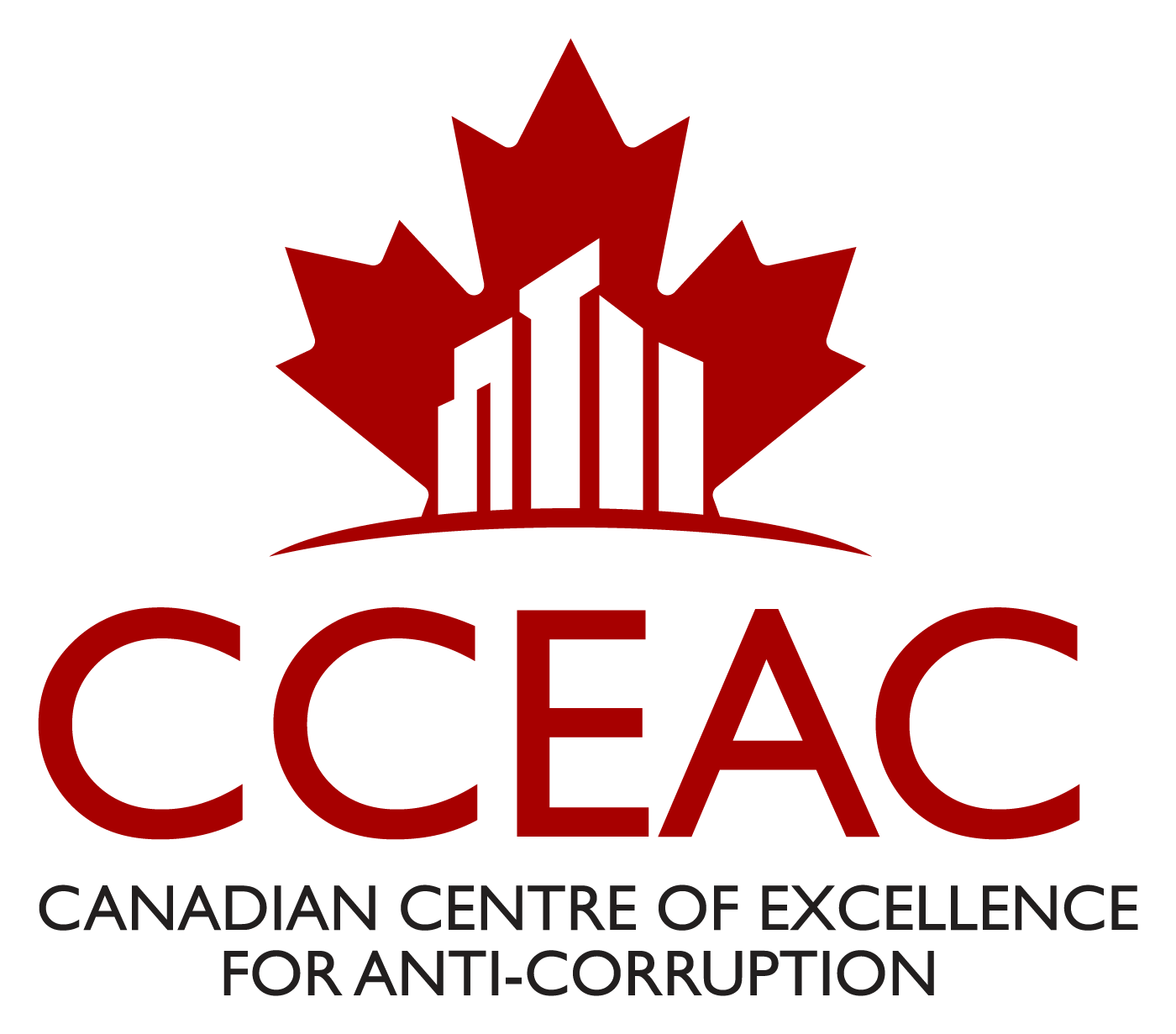
by admin | Mar 22, 2018 | Agriculture, Arms, defence & military, Banking & finance, Civilian aerospace, Consumer services, Continuous improvements, Continuous learning and applying lessons learned, Dealing with public officials, Europe, Fisheries, Forestry, Heavy manufacturing, Information, Information technology, Light manufacturing, Oil and gas, Pharmaceutical & health care, Power generation & transmission, Public works & Construction, Real estate, property, legal and business services, Risk assessments, Telecommunications, Transportation & storage, Utilities
Paper authored by Daniel Kaufmann and Pedro C. Vicente.
We challenge the conventional definition of corruption as the ‘abuse of public office for private gain’, making a distinction between legal and illegal forms of corruption, and paying more attention to corporate patterns of corruption (which also affect public corruption). We undertake to identify general determinants of the pattern of legal and illegal corruption worldwide, and present a model where both corruption (modelled explicitly in the context of allocations) and the political equilibrium are endogenous. Three types of equilibrium outcomes are identified as a function of basic parameters, namely initial conditions (assets/productivity), equality, and fundamental political accountability. These equilibria are: i) an illegal corruption equilibrium, where the political elite does not face binding incentives; ii) a legal corruption equilibrium, where the political elite is obliged to incur on a cost to “deceive” the population, and, iii) a no-corruption equilibrium, where the population cannot be deceived. An integral empirical test of the model is performed, using a broad range of variables and sources. Its core variables, namely regarding legal corruption (and other manifestations of corporate corruption) come from an original survey developed with the World Economic Forum (in the Executive Opinion Survey 2004 of the Global Competitiveness Report). The empirical results generally validate the model and explanations. Some salient implications emerge.

by admin | Mar 22, 2018 | Agriculture, Arms, defence & military, Banking & finance, Civilian aerospace, Consumer services, Continuous improvements, Continuous learning and applying lessons learned, Fisheries, Forestry, Heavy manufacturing, Information, Information technology, Latin America and the Caribbean, Light manufacturing, Oil and gas, Pharmaceutical & health care, Power generation & transmission, Public works & Construction, Real estate, property, legal and business services, Telecommunications, Transportation & storage, Utilities
When dirty business comes to mind, many think of dictator-led regimes. But Canada, the US and other countries engage in dastardly deeds too. The question is, are they different?

by admin | Mar 22, 2018 | Banking & finance, Controls, Financial controls, Information, North America
Update your knowledge of anti-money laundering and anti-terrorist financing obligations for accountants and accounting firms under the PCMLTFA legislation and its regulations, and receive additional guidance based on the results of FINTRAC’s past examinations.
The Financial Transactions and Reports Analysis Centre of Canada (FINTRAC), the regulator in charge of Canada’s anti-money laundering and anti-terrorist financing (AML and ATF) regime, has indicated to Chartered Professional Accountants of Canada (CPA Canada) that the accounting sector’s AML and ATF compliance efforts require improvement. This alert provides a summary of the obligations for accountants and accounting firms under the Proceeds of Crime (Money Laundering) and Terrorist Financing Act (PCMLTFA) and its regulations, and examines the consequences of non-compliance.
The alert provides additional guidance based on the results of FINTRAC’s past examinations of accountants and accounting firms. The publication also directs readers to more detailed AML and ATF compliance guidance issued by CPA Canada in 2014, A Guide to Comply with Canada’s Anti-Money Laundering (AML) Legislation.

by admin | Mar 22, 2018 | ABC terms library, Agriculture, Arms, defence & military, Banking & finance, Civilian aerospace, Consumer services, Fisheries, Forestry, Heavy manufacturing, Information, Information technology, Light manufacturing, North America, Oil and gas, Onboarding new employees, Pharmaceutical & health care, Power generation & transmission, Public works & Construction, Real estate, property, legal and business services, Telecommunications, Training, Transportation & storage, Utilities
Bribery is justifiably condemned, and is the object of a global legal
campaign. This article asks whether payment of a bribe can ever be
justified. In order to answer that question, the article first looks at three
tropes of reasons for criminalizing bribery: as a reflection of morality, to
preserve the connection between people and their government, and to
prevent harm. The article then examines and dismisses two common
excuses for bribery: the need to pay a bribe to conduct business, and the
optimal level of legal enforcement. The article then examines arguments
for paying bribes in authoritarian regimes, and concludes that such
arguments must be treated with caution. Finally, the article considers
bribes paid by Oskar Schindler to save the lives of Jewish workers.
Schindler’s bribes demonstrate that some bribes can be justified. Such
bribes do not present a new checklist for evaluating bribery, nor do they
represent a new trope of thinking. Rather, unique circumstances raise such
bribes above the rules against and concerns about paying bribes.

by admin | Mar 22, 2018 | ABC scenario and lessons learned, ABC terms library, Agriculture, Anti-Corruption Organizations, Resources and References, Arms, defence & military, Banking & finance, Best practice, Civilian aerospace, Consumer services, Fisheries, Forestry, Heavy manufacturing, Information, Information technology, IT tools that support compliance function, Light manufacturing, North America, Oil and gas, Pharmaceutical & health care, Power generation & transmission, Public works & Construction, Real estate, property, legal and business services, Risk assessments, Risk-based training, Structuring an Anti-Corruption compliance program, Telecommunications, Tools, Training, Transportation & storage, Utilities
The GAN Business Anti-Corruption Portal is a collection of free anti-corruption compliance and risk management resources, including e-learning training, country risk profiles, and due diligence tools.

by admin | Mar 22, 2018 | ABC scenario and lessons learned, ABC terms library, Agriculture, Anti-Corruption Organizations, Resources and References, Arms, defence & military, Banking & finance, Best practice, Bribery risk assessment, Civilian aerospace, Consumer services, Developing an ABC compliance program, Fisheries, Forestry, Heavy manufacturing, Information, Information technology, Light manufacturing, North America, Oil and gas, Pharmaceutical & health care, Power generation & transmission, Public works & Construction, Real estate, property, legal and business services, Risk assessments, Structuring an Anti-Corruption compliance program, Telecommunications, Tools, Transportation & storage, Utilities
What international guidelines should your consider as part of a comprehensive anti-bribery compliance program? This complimentary resource offers insights into the full range of guidelines along with practical recommendations for implementing an effective program.
Download the Anti-Corruption Compliance Guidelines to learn:
The categories of an effective anti-corruption compliance program
Example references for policies, procedures and records, risk assessment, training, management of supply chain and business partners, and other process categories











